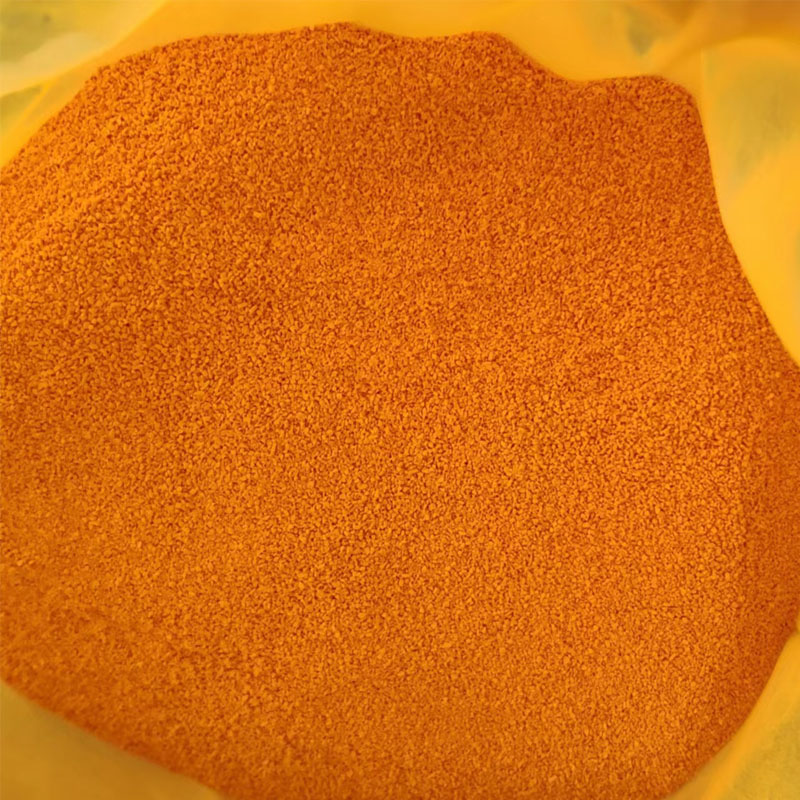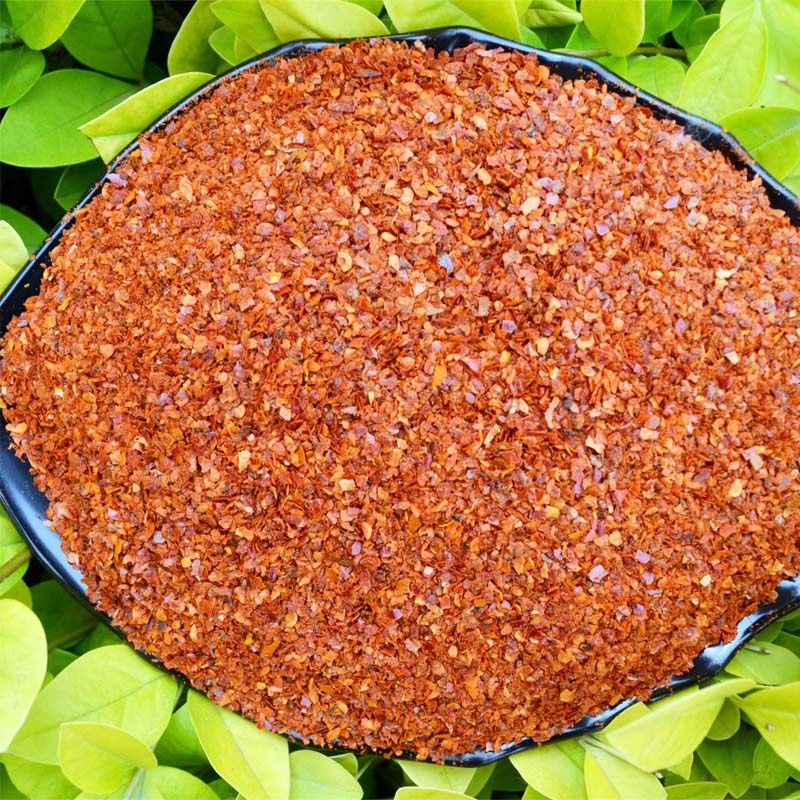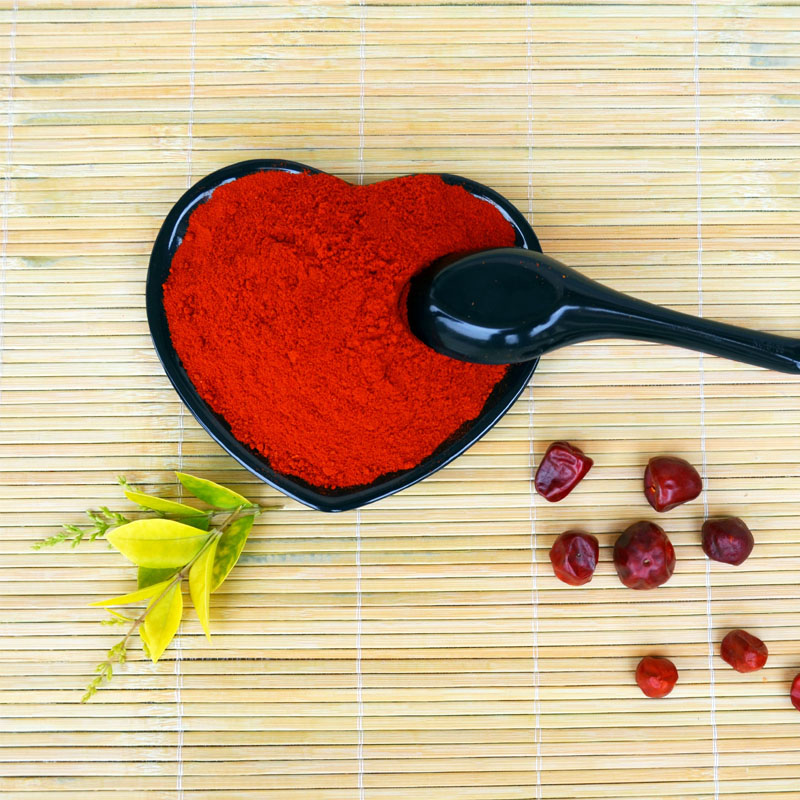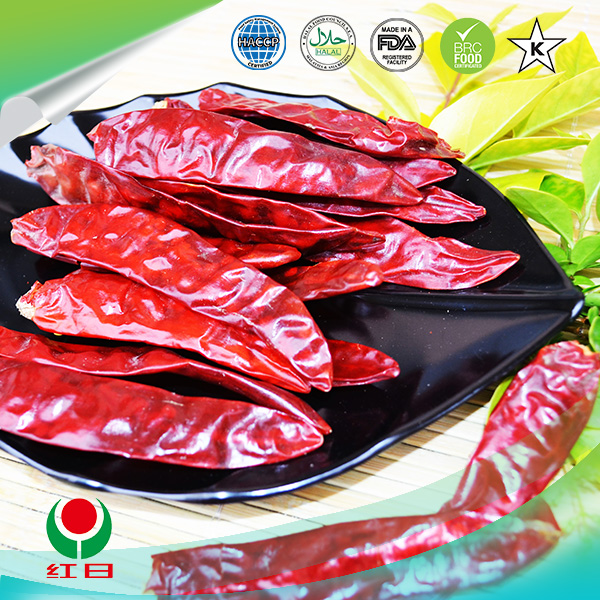- No. 268 Xianghe Street, Economic Development Zone of Xingtai city, Hebei 054001 China
- Byron@hbhongri.cn
Exploring the Artistry and Craftsmanship Behind a Leading Paprika Producer in the Culinary World
The Paprika Manufacturer A Journey from Seed to Spice
Paprika, a vibrant spice with a rich history and a multitude of culinary uses, is derived from grinding dried red peppers. Its origin can be traced back to Central America, but it has become a staple in various cuisines worldwide, particularly in Hungary and Spain. The production of paprika involves a fascinating journey, and an understanding of paprika manufacturers sheds light on the complexities of this beloved spice.
At the heart of paprika manufacturing is the agricultural process. The journey begins on the sunny fields where the Capsicum annuum plant, the primary source of paprika, is cultivated. Farmers carefully select their seeds based on the desired flavor profile and color intensity of the final product. The plants require warm climates and well-drained soil, making regions in Spain, Hungary, and California ideal for paprika cultivation. As the plants grow, they are nurtured with care, ensuring that they receive adequate sunlight and water while being protected from pests and diseases.
The Paprika Manufacturer A Journey from Seed to Spice
After drying, the next step is grinding the peppers to create the powder form that we associate with paprika. Manufacturing facilities equipped with advanced milling technology ensure a consistent grind that captures the vibrant color and flavor. The grinding process might vary depending on the manufacturer, as some opt for stone grinding to retain the natural oils and flavors of the peppers, while others utilize high-speed grinders for efficiency. Each method yields a distinct taste, allowing manufacturers to cater to different culinary needs.
the paprika manufacturer

Quality control is a vital aspect of paprika manufacturing. From the selection of raw peppers to the final packaging of the spice, manufacturers implement rigorous quality checks. They test for color intensity, flavor profile, and even the presence of contaminants. This commitment to quality ensures that the paprika reaches consumers in its purest form, maintaining the authentic flavors that chefs and home cooks seek.
Packaging is another crucial element of the manufacturing process. Paprika is sensitive to light and air, which can degrade its quality over time. To combat this, paprika manufacturers employ specialized packaging solutions that protect the spice while making it visually appealing on store shelves. Airtight containers or vacuum-sealed pouches are common choices that help preserve the freshness and potency of the paprika.
Finally, the marketing and distribution of paprika play a significant role in its global presence. Manufacturers often collaborate with distributors and retailers to ensure that their products reach a diverse audience. They may highlight unique selling points, such as “organic,” “smoked,” or “Hungarian,” appealing to consumers' preferences and dietary choices.
In conclusion, the journey of paprika from the farm to the table is a remarkable process involving dedicated farmers, meticulous manufacturers, and stringent quality controls. As consumers enjoy the rich flavors that paprika adds to their dishes, it is important to appreciate the craftsmanship and effort that goes into producing this beloved spice. With its vibrant red color and versatile flavor, paprika continues to be an essential ingredient in kitchens around the world, bringing warmth and depth to culinary creations.
-
Turmeric Rhizome Powder: A Golden Treasure from Roots to TableNewsJul.28,2025
-
The Versatile Application Of Crushed Red Hot Peppers: Lighting Up The Red Flames On The Dining TableNewsJul.28,2025
-
The Paprika: A Touch Of Vibrant Red In Color, Flavor, And CultureNewsJul.28,2025
-
Ground Turmeric: A Modern Examination of an Ancient SpiceNewsJul.28,2025
-
Capsicum Liquid Extract: Features, Applications, and ChallengesNewsJul.28,2025
-
Application of Capsicum Liquid Extract in FoodNewsJul.28,2025







